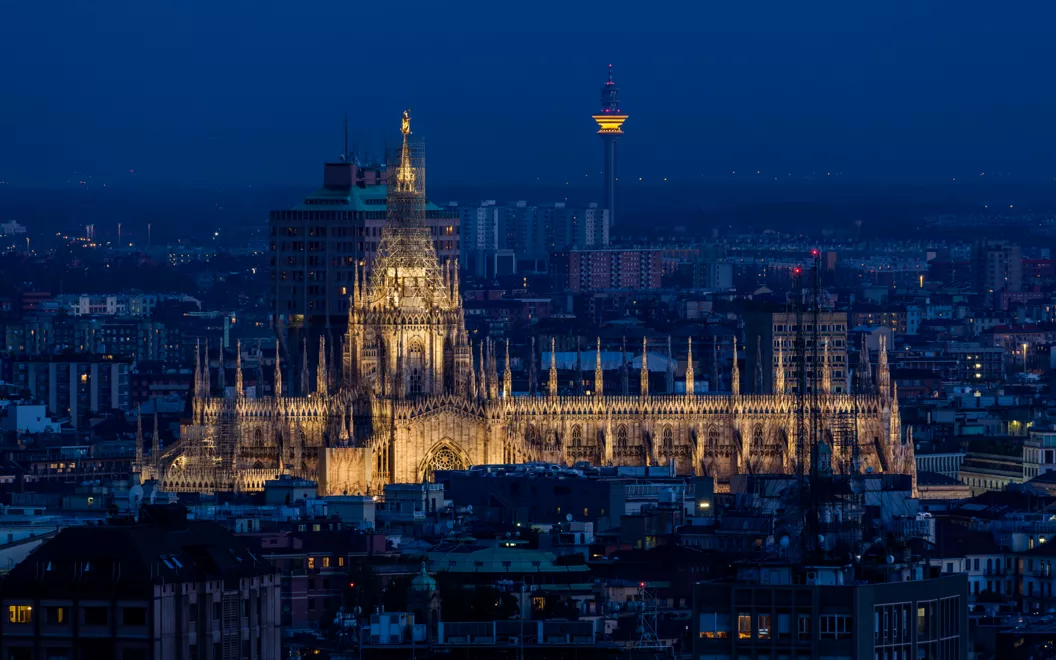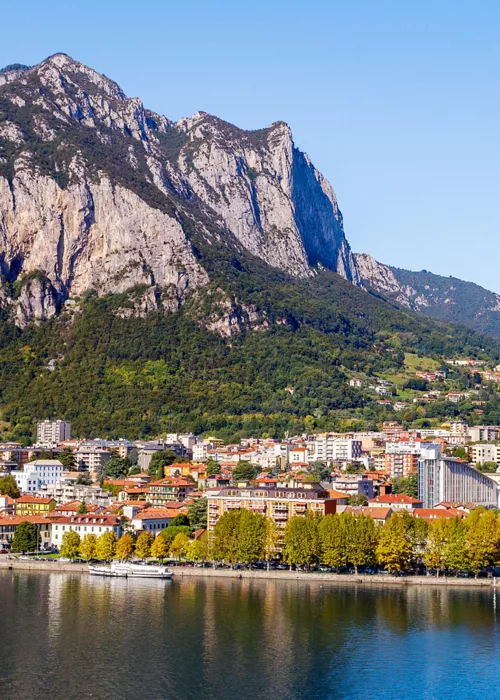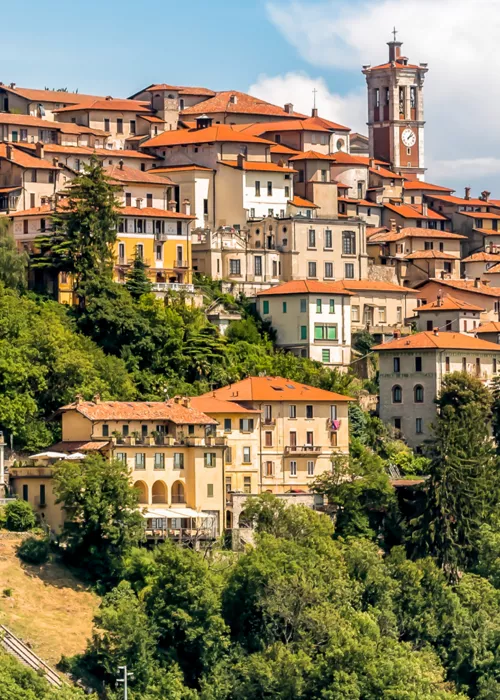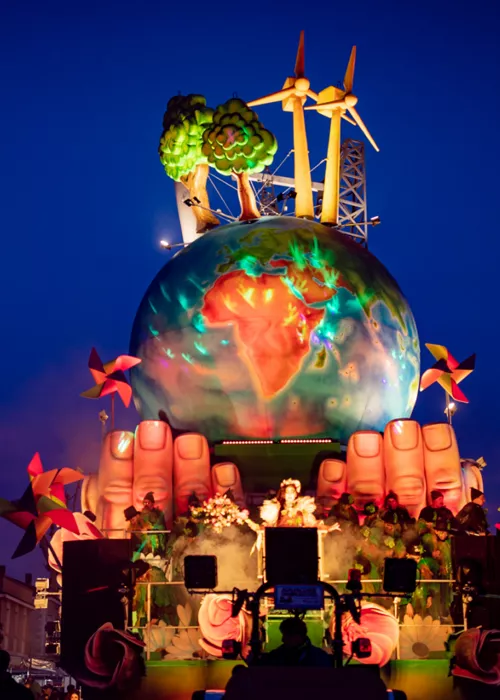5 things to know about the Ambrosian Carnival
3 minutes
Index
By a fascinating and intriguing paradox, Milan, a city with an austere and industrious reputation, has over the centuries established and extended to its entire hinterland and surrounding provinces the longest Carnival in Italy.
It is no coincidence that it is called Carnevalone (great carnival) in these parts: in observance of the Ambrosian Rite, the Carnival celebrations are actually organised according to a calendar that is decidedly more generous than the Roman one, which is the most widespread in Italy. The last day of carnival falls four days later than the Tuesday on which it ends for those who observe the Roman rite.
With the Ambrosian carnival there are four more days of laughter and merriment
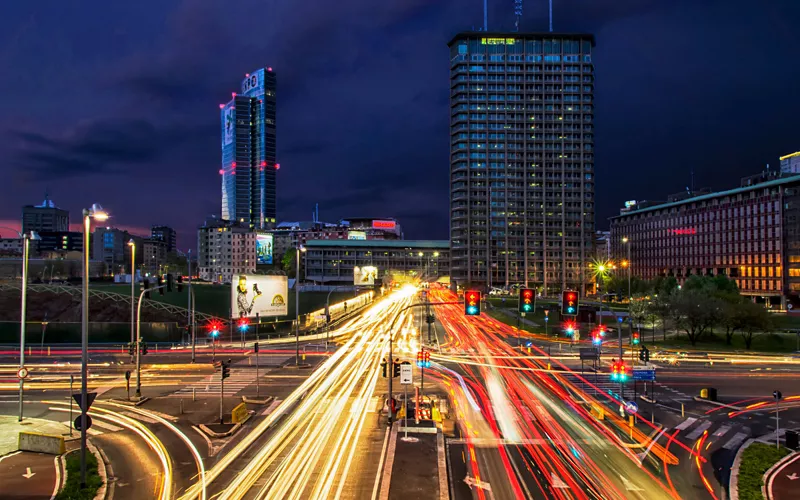
So, if you're planning a trip to Lombardy's capital between February and March, for business or pleasure, you'll certainly have no trouble finding dances, parades and masquerades to attend. Here the celebrations, which for the rest of Italy end on Shrove Tuesday, last four days more, culminating in the wild and colourful finale on Shrove Saturday.
Whether you are here from a week of work, or just don't want to stop celebrating Carnival, take a break and set your GPS towards Milan: that's where the party is.
The history of the Ambrosian Carnival: where its roots lie
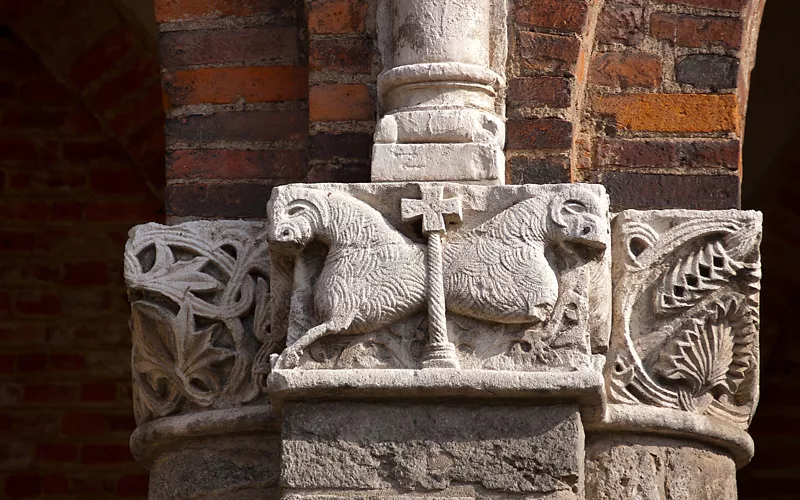
Behind every tradition there is always a legend and, since this is Milan, it is bound to refer to the city's beloved patron saint, Saint Ambrose (Sant’Ambrogio) - hence the name 'Ambrosian Carnival' - who was bishop of the city in the 4th century AD.
It seems, indeed, that the postponement of the end of Carnival has its roots in the period of his episcopate: the bishop, engaged on a long pilgrimage or representative journey, asked the citizens to wait for his return to start the Lent celebrations, thus inaugurating, for the entire archdiocese, the tradition of celebrating Ash Wednesday on the Sunday following the Wednesday imposed by the Roman Rite on the whole of Italy.
The historical truth about the Milan Carnival
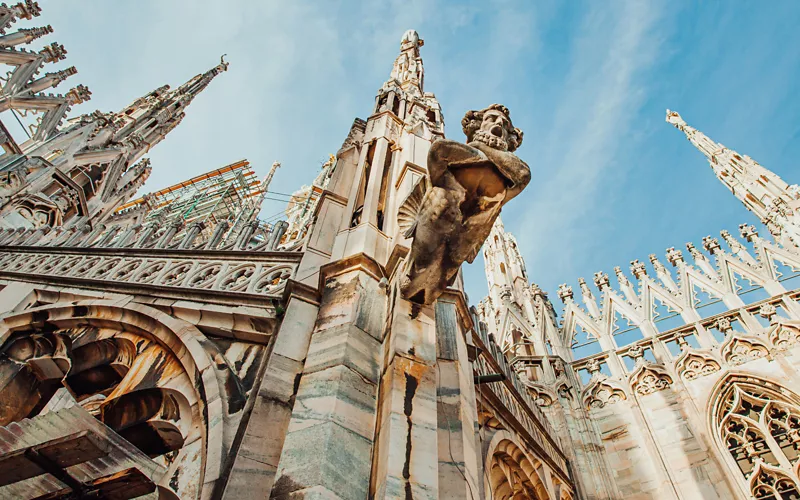
Historical sources suggest however, that the carnival extension and the postponement of Lent may be linked to a serious and exceptional event, such as a plague or famine.
Other hypotheses link the Milanese anarchy to a 'misaligned' transition from the Julian to the Gregorian calendar. The most accepted thesis attributes it to the obstinate loyalty of the Milanese people to an older tradition, which interpreted literally the customary 40 days of Lent separating Ash Wednesday from Easter.
Not only Milan: all the provinces of the Carnevalone
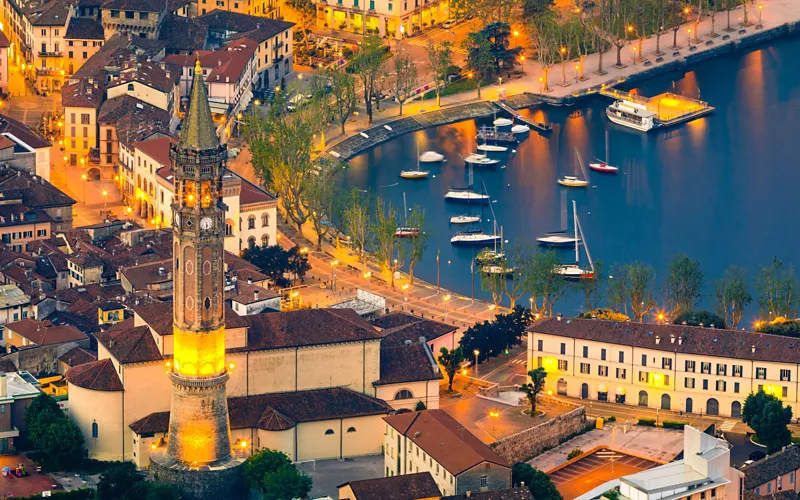
Whatever the reason, Milan's Carnival is not the only one that ends on Shrove Saturday: the Ambrosian Rite is actually observed in most of the municipalities that belong to the archdiocese of Milan, which also comprises the provinces of Monza, Lecco, Varese and partly Como, as well as some of the territories in the Bergamo area that were once part of it.
Among the best-known Carnivals, alongside those of Cantù, Varese, Melzo, Vimercate and Desio, there is the Carnevalone of Lecco, led by King Resegone and Queen Grigna, who traditionally round off the celebrations by parading on board a horse-drawn historic carriage.
A widespread celebration: the main events of the Ambrosian Carnival
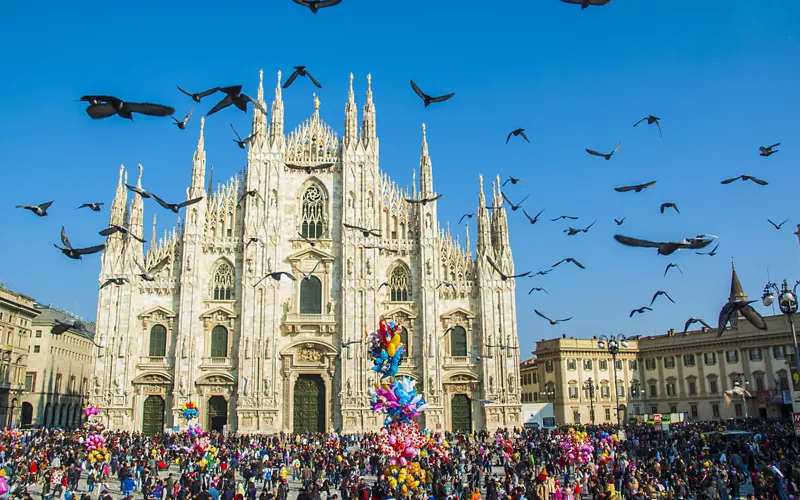
The Ambrosian Carnival is, in short, a widespread celebration that, especially in Milan, lasts for several days, with events, parades and masked balls from the outskirts to the centre.
It culminates on Shrove Saturday, with a colourful procession of allegorical floats, accompanied by adults and children in fancy dress, street performers and, recently, also by representatives of the many communities and ethnic groups that make up the city, all elegantly dressed in traditional garb. It is an ecumenical happening that ends in the evening with a big party in Piazza del Duomo and through the streets of the centre.
A full plate of delicacies before Lent: the typical desserts of Milan Carnival
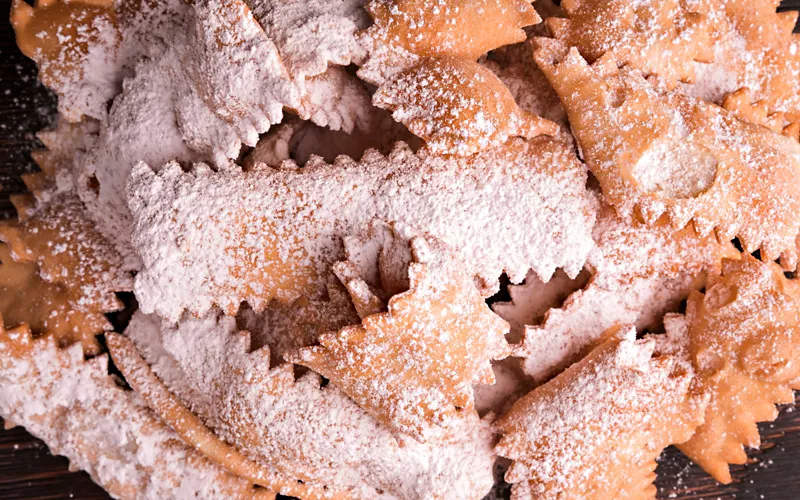
In Milan and the surrounding area, whoever talks about Carnival will chat about chiacchiere (meaning ‘chatter’): this is the most popular dessert during these festivities. They are crispy strips sprinkled with icing sugar, prepared with a mixture of flour, sugar, eggs and butter, baked in the oven, for those who prefer them lighter, or fried. They're so tempting that one leads invariably to another.
For those who are really hungry, fried Milanese tortelli, known as farsòe, are also on the menu. They are balls prepared with the same dough as chiacchiere, and can be served plain, or filled with custard, chantilly or chocolate cream. There is a more ancient variant, which is still widespread in Lombardy: làciàditt, small round pancakes filled with diced apples. What better reason to prolong the revelry and fill up on delicacies before the penances of Lent.

